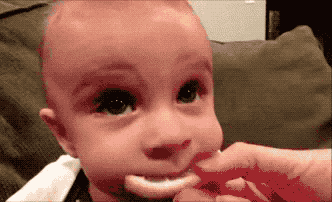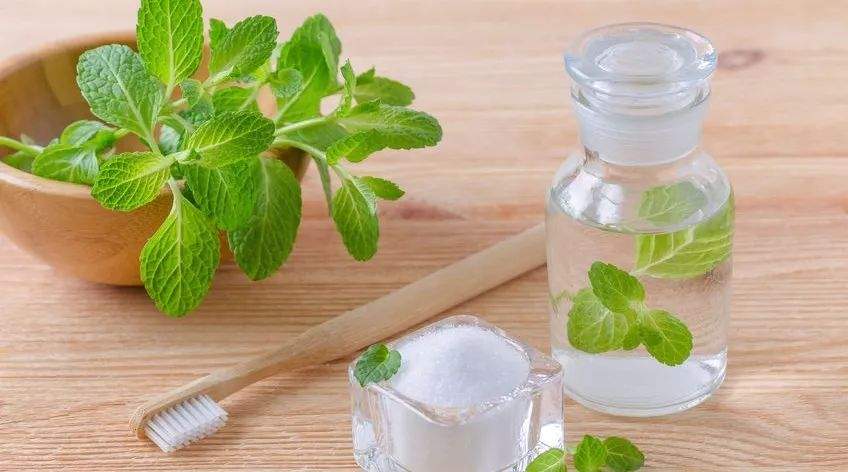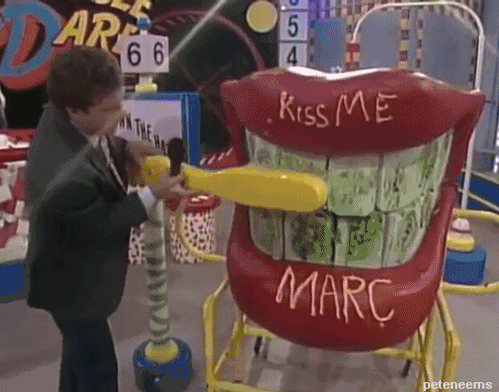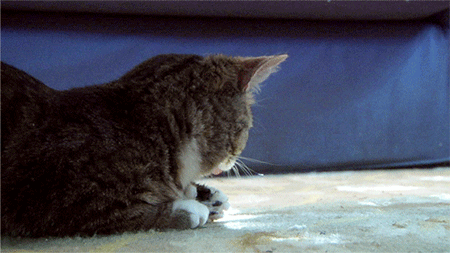There is a saying called “one white covers all ugliness”. Although it mainly refers to white skin, it seems that this sentence is also valid for teeth.
A good-looking person shows his white and neat teeth when he smiles. Is it especially beautiful?
How should tooth whitening be done?
Are the mysterious [folk remedies] circulated among friends that can whiten teeth reliable?
Today, please invite a professional stomatologist to tell you that these methods are really effective and are just erroneous.
Vinegar or lemon juice?

It doesn’t work, it’s harmful!
Don’t you feel sour?
Perhaps someone was inspired by [white vinegar can remove scale] and felt that white vinegar is acidic and can dissolve scale, so it should be able to remove [tartar]. Anyway, the composition is similar.
Indeed, very sour vinegar or lemon juice can remove tartar.
However, this is a method of [killing 100 enemies and damaging 1,000 oneself]!
The outermost enamel layer of teeth is the hardest structure of the human body. It is characterized by pressure resistance and wear resistance, but it is the least acid resistant.
Vinegar or lemon juice will not only not whiten teeth, but also cause serious injuries to teeth, and these injuries are irreversible.
Rub your teeth with salt, orange peel powder, etc.?

It’s useless, it will hurt innocent people!
Won’t it hurt?
The purpose of these methods is to increase friction and hope to remove pigment from the tooth surface.
But in fact, the combination of pigment and tooth surface is very close, and these materials are difficult to remove pigment.
On the contrary, incorrect pressure application will hurt gums and may lead to oral ulcers.
Tooth washing, tooth cleaning and polishing?
This is good for tooth health, but the whitening effect is average.
The main purpose of tooth washing is to remove stains deposited on the teeth, just like bathing the teeth, which will indeed whiten the teeth.
Moreover, routine polishing is required after tooth washing, and very fine polishing particles are used to polish the tooth surface to further remove finer stains.
As a result, the tooth surface will become smoother, thus becoming shiny and brighter.
Although tooth washing is very important to maintain the health of teeth and gums, its effect on tooth whitening is relatively small. We recommend washing teeth once every six months to once a year, but we cannot expect to whiten teeth by washing teeth.
Whitening toothpaste

A fleeting whitening effect.
Many toothpastes claim to [brighten the color of teeth in two months]. A closer look at the composition list of toothpastes shows that there are indeed ingredients that can play a bleaching role and polishing particles. It seems that they can whiten and polish.
But in fact, the bleach needs to reach a certain concentration and time to play its role. When brushing teeth, the concentration of bleach is diluted very low and has basically no bleaching effect.
However, the short contact between polishing particles and the tooth surface cannot exert the polishing effect.
The coloring particles in whitening toothpaste can indeed stay on the teeth for a short time and slightly improve the original color of the teeth to achieve a short whitening effect.
However, the effect is not lasting, and after the use is stopped, the so-called “bright white” will gradually disappear.

Then you may have to ask, is there no reliable method to whiten teeth?
Of course there is. For example, cold light whitening is an effective way to whiten teeth.
